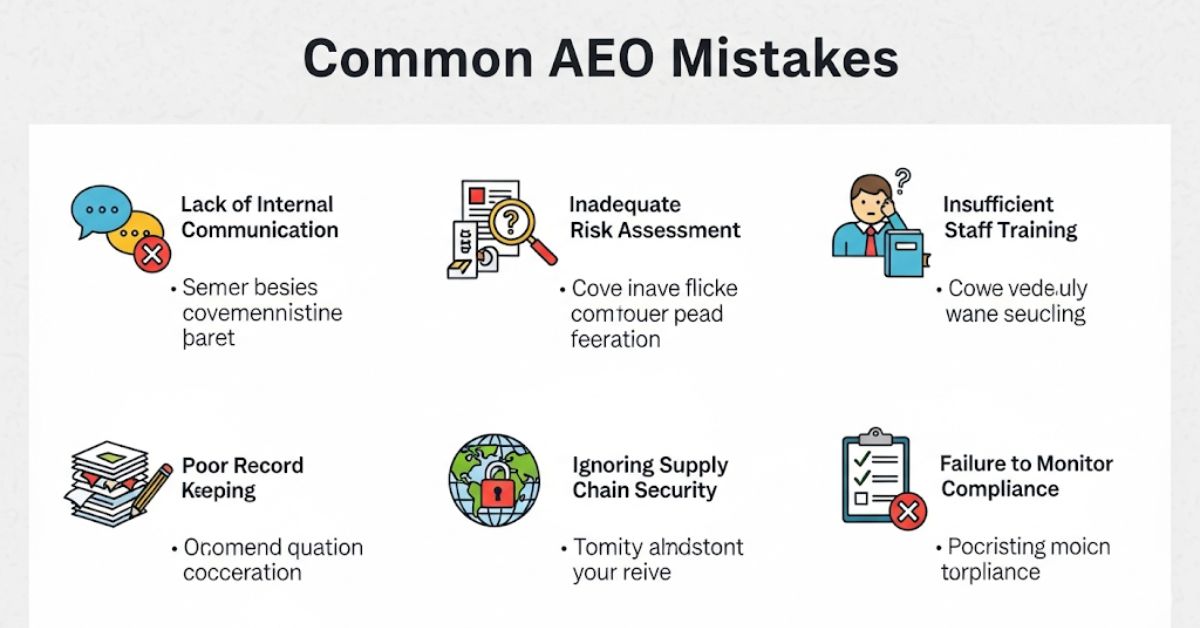In today’s digital world, search engines are changing fast. Google is evolving, and AI tools like ChatGPT, Bing AI, and other answer engines are rising. This is where Answer Engine Optimization (AEO) comes into play. AEO helps your content appear in direct answers provided by AI search tools.
Unlike traditional SEO, which focuses on ranking in Google’s search results, AEO focuses on becoming the final answer to a user’s question. It’s about structuring your content in a way that AI systems can easily understand and show to users.
However, many content creators and website owners make common mistakes that stop them from taking full advantage of AEO. In this article, we’ll explore these mistakes in detail and show you how to avoid them so your content can stand out in the future of search.
Mistake #1: Ignoring Search Intent
Search intent means understanding what the user is really looking for. When someone types a query into Google or asks ChatGPT a question, they usually have a goal: to learn, to buy, to compare, or to solve a problem.
Common mistake: Many websites create content just to target keywords without thinking about the actual need behind the search. For example, if someone searches “best shoes for hiking,” they want suggestions, not a history of hiking boots.
How to fix it:
- Use tools like “People Also Ask” or “Answer The Public” to understand real questions.
- Write content that gives direct, helpful answers.
- Understand the intent: Is the user asking something informational, transactional, or navigational?
When you write for intent, your content becomes more relevant and useful for AEO.
Mistake #2: Writing Without Clear, Concise Answers
AI and answer engines prefer content that gets to the point. If your article has the answer hidden in long paragraphs or complicated explanations, it may not get picked as a direct answer.
Common mistake: Writing long, wordy content without providing quick answers at the top or in bullet points.
How to fix it:
- Start your paragraphs with the answer.
- Use the “answer-first” structure: Provide a quick summary or direct answer, then explain.
- Add FAQs, TL;DR (Too Long; Didn’t Read) summaries, or numbered lists.
The easier you make it for AI to find the answer, the more likely your content will be shown.
Mistake #3: Not Using Structured Data / Schema Markup
Structured data (also called schema markup) helps search engines and AI understand your content better. It is like adding tags or labels to your content to make it clearer.
Common mistake: Publishing content without any structured data, making it harder for AI tools to recognize what your page is about.
How to fix it:
- Use schema types like:
- FAQ Schema
- Article Schema
- How-To Schema
- Product Schema
- FAQ Schema
- Use plugins like RankMath or Yoast SEO to add schema easily.
- Test your structured data using Google’s Rich Results Testing Tool.
Schema improves your chances of appearing in rich results, featured snippets, and AI-generated answers.
Mistake #4: Ignoring Featured Snippet Opportunities
Featured snippets are short summaries that appear at the top of Google results. They are also a key source of data for AI tools.
Common mistake: Not structuring your content to target featured snippets.
How to fix it:
- Use question-based headings (H2 or H3) and answer them directly below.
- Use tables, bullet points, or short paragraphs.
- Include definitions, comparisons, and step-by-step guides.
These formats are favored by both Google and AI engines, increasing your visibility.
Mistake #5: Keyword Stuffing Instead of Question Targeting
In the past, people used to add the same keyword multiple times to rank. This is now outdated.
Common mistake: Using a keyword too many times without answering real questions.
How to fix it:
- Focus on answering real questions users have.
- Use natural language and conversational phrases.
- Use tools like:
- “AlsoAsked.com”
- “Quora”
- “Reddit threads”
- “AlsoAsked.com”
Answering questions increases your chance of being selected by answer engines.
Mistake #6: Lack of Topical Authority
AEO favors sources that show deep knowledge in a specific area. Publishing a few surface-level articles won’t build your authority.
Common mistake: Creating one article per topic and moving on to unrelated content.
How to fix it:
- Build topic clusters: A main pillar article supported by smaller related articles.
- Use internal linking to show relationships between topics.
- Focus on becoming an expert in a niche.
Example: Instead of one article about “SEO,” create a full series: On-page SEO, Technical SEO, Link Building, etc.
Mistake #7: Overlooking Mobile and Voice Optimization
Most users now search using their phones or voice assistants like Alexa or Siri. AEO content must work well in these formats.
Common mistake: Content that is too long, poorly formatted, or not conversational.
How to fix it:
- Use short paragraphs and bullet points.
- Use a friendly, natural tone that sounds good when read aloud.
- Format your content for mobile screens.
- Test your content with voice assistants.
Example: Instead of “Utilize advanced footwear for hiking,” say “Wear good hiking shoes.”
Mistake #8: Failing to Update or Refresh Content
Old content becomes outdated quickly, especially if it contains data, product info, or trends.
Common mistake: Leaving old articles untouched for years.
How to fix it:
- Create a content update calendar.
- Check and update statistics, links, product details, and recommendations.
- Add new FAQs or sections based on updated search trends.
Fresh content has a better chance of being picked by AI and Google.
Mistake #9: No Clear Page Structure or Content Hierarchy
Answer engines read your content by following headings and structure. A messy page is hard to scan and understand.
Common mistake: Using random font sizes, missing headings, or mixing formats.
How to fix it:
- Use H1 for the title, H2 for main sections, and H3 for sub-points.
- Break long sections into smaller, labeled parts.
- Use consistent formatting.
Example:
- Bad: One long block of text.
- Good: Clear headings, short paragraphs, and bullet points.
Mistake #10: Ignoring E-E-A-T Principles
E-E-A-T stands for Experience, Expertise, Authoritativeness, and Trustworthiness. AI tools consider these when choosing answers.
Common mistake: Publishing anonymous content with no sources or author info.
How to fix it:
- Add author bios and credentials.
- Use links to credible sources.
- Show transparency (about us page, contact info, etc.).
Example: Health content should be written or reviewed by a doctor or expert.
Bonus Mistake: Not Tracking AEO Performance
You can’t improve what you don’t measure. Tracking helps you understand what’s working.
Common mistake: Publishing content and forgetting about it.
How to fix it:
- Use tools like:
- Google Search Console
- Bing Webmaster Tools
- Google Analytics
- Try your content on AI engines (e.g., ask ChatGPT or Bing and see if your page comes up)
- Google Search Console
- Set goals: Featured snippets, AI mentions, voice search answers
This will help you adjust your AEO strategy over time.
Conclusion
In today’s AI-driven search landscape, avoiding AEO mistakes is essential for online visibility. Many creators still focus only on traditional SEO, ignoring how answer engines like Google SGE or ChatGPT deliver results. To succeed, your content must match search intent, provide clear answers, use structured data, and follow strong formatting. It’s also critical to maintain topical authority, optimize for mobile and voice, and build trust with E-E-A-T principles. Don’t forget to regularly update your content and track how it performs across platforms. By fixing these common mistakes, you make your content more discoverable, helpful, and future-ready. AEO isn’t just a trend—it’s the next phase of search. Prepare your site now, and you’ll stay ahead as search engines continue evolving toward instant, AI-powered answers.



